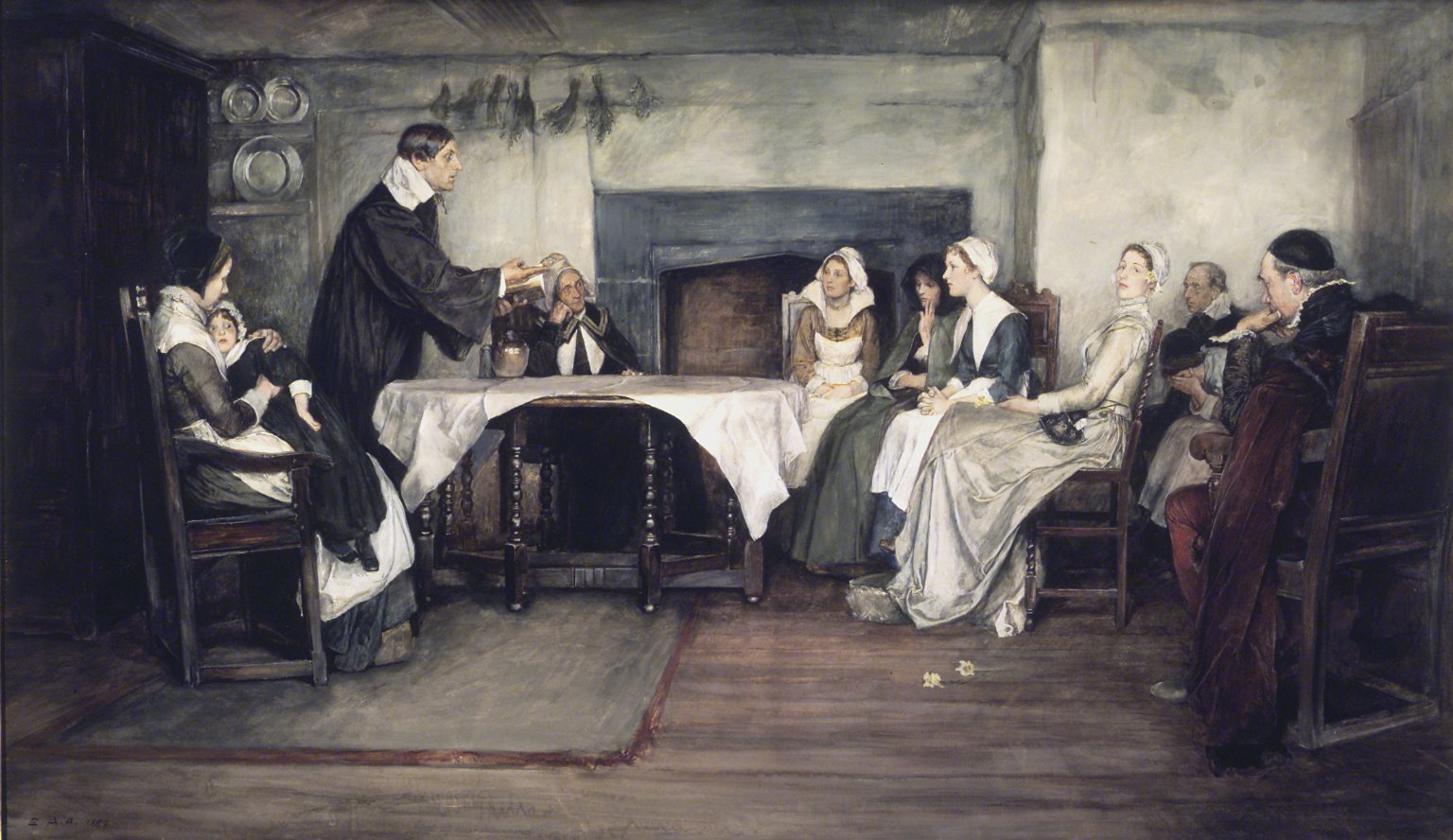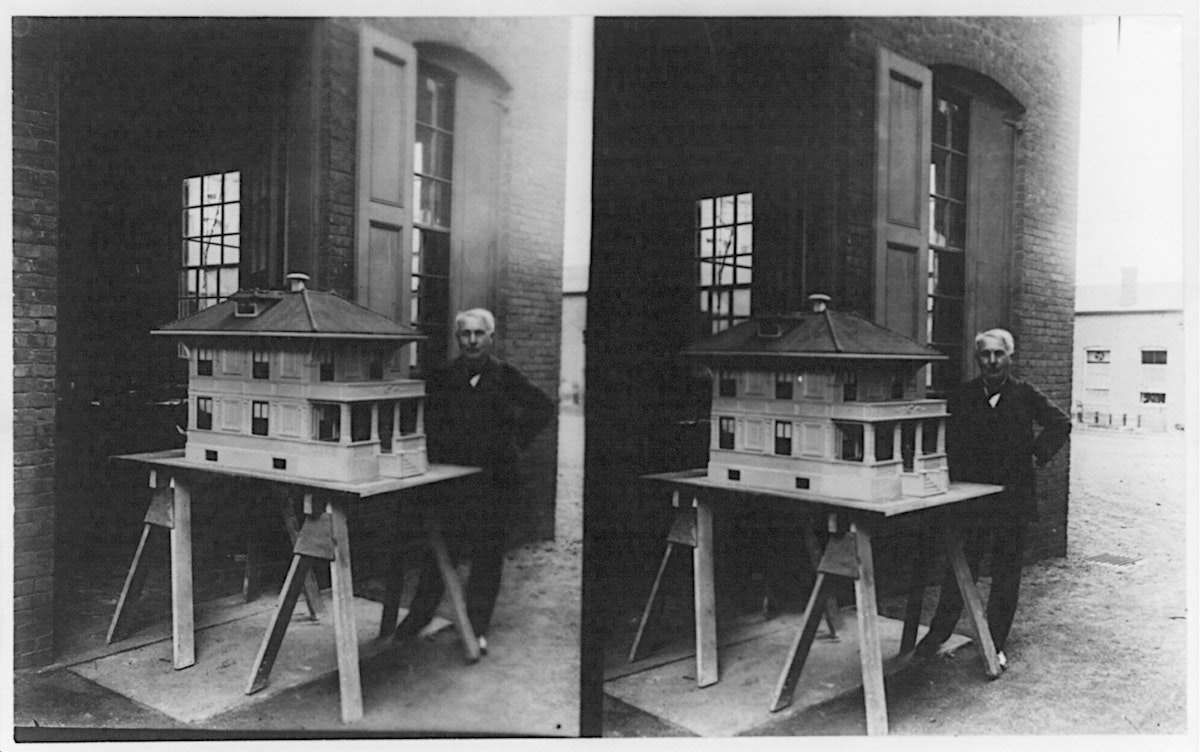
Over at Jane Austen’s World, Rachel Dodge has been comparing how Austen’s novels use what have now become standard romance tropes. The end of the series is the Sense and Sensibility’s (double) love triangle. Jane Austen’s World | Jane Austen and Rom Coms: Sense and Sensibility (“Love Triangles”)
—
We often forget that Thomas Alva Edison was responsible for patenting the light bulb and phonograph. While these were two of his 1,093 patented inventions, today we primarily remember “the Wizard” of New Jersey as the inventor of the single pour concrete house.1 Casting an entire home — from cellar to the roof, through the mantels and bathtubs, to the optional piano and refrigerator — in one go, Edison’s invention proved decisive in pivoting the mass production of U.S. home construction from wood to concrete. The Public Domain Review | Concrete Poetry Thomas Edison and the Almost-Built World 
—
Someday, when the history of the 2022 Russian invasion of Ukraine is written, the Battle of Antonov Airport will be of primary importance. Wikipedia | Battle of Antonov Airport
—
Puritanism has its roots in the late sixteenth century, after Henry VIII broke ties with the Catholic Church. The Puritans believed that reforms had not gone far enough and advocated for a church entirely divorced from Catholic ceremonies. For over a century, Puritans argued amongst themselves, schismed, predicted the end of the world, and still found time to fight the English Civil War and start colonies in the Northeastern United States.
Perhaps their greatest gift to history, however, is their wonderfully strange taste in names. A wide variety of Hebrew names came into common usage beginning in 1560, when the first readily accessible English Bible was published. But by the late 16th century many Puritan communities in Southern Britain saw common names as too worldly, and opted instead to name children after virtues or with religious slogans as a way of setting the community apart from non-Puritan neighbors. Often, Puritan parents chose names that served to remind the child about sin and pain. Slate | A Boy Named Humiliation: Some Wacky, Cruel, and Bizarre Puritan Names
—
Vintage Everyday | Painfully Awkward Band Photos That Can’t Be Unseen 
